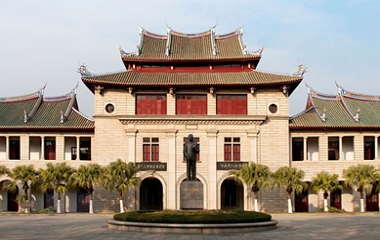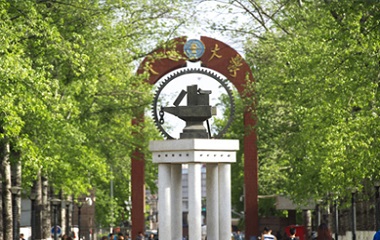Born out of agricultural necessity, latiao's popularity is spreading globally

Editor's note: In a series of reports titled "Claims to Fame", China Daily looks at how some regions have earned wealth and recognition through specific products to realize the goal of rural vitalization.
Anyone who approaches Malawangzi's snack factory in Pingjiang county, Hunan province, is greeted by the mouthwatering aroma combination of chili pepper, peppercorn, cumin and cinnamon.
Malawangzi is known for producing latiao, spicy wheat strips that are popular with young people and children. The snack evokes fond childhood memories for many Chinese people.
However, it is also a treat that many parents forbid their children from eating, as it is regarded as unhealthy, greasy and salty. This unflattering image of the gluten strips is what manufacturers have been striving to change.
There are more than 600 latiao producers in China, and 90 percent of the founders of those companies are from Pingjiang.
Latiao is a 60 billion yuan ($8.37 billion) industry, a third of which is generated in Pingjiang, home to 116 latiao enterprises. The sector employs about 102,000 people — or almost 10 percent — of the county's 1.1 million population.
The fiery snack has caught on around the world and is now sold in 160 countries, including Japan, South Korea and the United States.
In early July, news that operations at the Malawangzi factory had been suspended due to a flood became one of the highest trending topics on social media platforms.
The flood in Pingjiang affected 340,000 people, with many parts of the county inundated by floodwater from the local river.
No soybeans, no worries
Twenty-six years ago, it was another flood in Pingjiang that led three people to invent the snack.
After the flood devastated the county's soybean farms, soybeans were replaced by more affordable wheat flour to create a new snack inspired by the county's tradition of producing dried bean curds, a culinary dish which dates back to the Qing Dynasty (1644-1911).
The snack was an instant sensation, and many small local food factories in Pingjiang started to make latiao.
Qiu Pingjiang is one of the creators of the snack, and he now works for Malawangzi as a consultant.
"We decided to make latiao because we had to make a living," Qiu said of its invention. "The flood had significantly increased the price of soybeans, so there was no profit in continuing to make the bean curds," he said, adding that's why he and two other villagers started to make latiao.
After the snack increased in popularity, more processing plants opened in other places in China, Qiu said.










